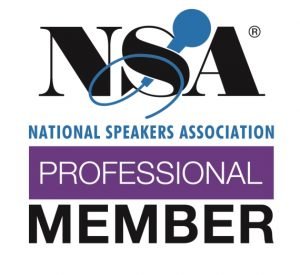“Captain, are you sure you want us to x-ray this panel?” The phone call sent a chill down my spine. I had failed in leadership and open communication.
While it is common to use an x-ray to detect cracks in aircraft parts, this panel had an explosive device attached which was designed to separate it from the aircraft in an emergency. The panel required a periodic inspection which prevented the plane from flying until the inspection was completed and meant significant work hours. I had been discussing options for speeding up the process and mentioned the possibility of an x-ray inspection. I asked a lieutenant to take the panel to the x-ray shop and seek their opinion. What I did not clearly communicate was that I just wanted to know if the shop could perform the inspection. I intended to take the shop’s answer to the engineers for their evaluation before proceeding.
The lieutenant, not knowing my full intent but seeking to please the boss, directed the panel be x-rayed. Fortunately, the sergeant in the x-ray shop had the sense to double check since they had no procedures for that panel and we had no idea what the energy from the x-ray would do to the explosives.
Leadership and communication are inseparable. Leaders are constantly communicating. Even the way you say “good morning” sends a message to your team. As leaders, your everyday actions communicate a message to your team and that message develops into a culture. If everything is urgent to you, then your team will also see everything as urgent. If you encourage your team to be innovative and reward initiative, they will become an innovative team. The world of aircraft maintenance tends to stay in the urgent quadrant and maintenance leaders learn early in their careers that delays are not appreciated. New, developing leaders pick up on this urgency and can be quick to take action, believing that’s what the boss wants.
In this organization we had developed a culture of open communication and we could discuss problems and ideas in an environment where everyone, regardless of their rank or position, was welcome to contribute. It was in such a discussion that I suggested the lieutenant take the panel to the x-ray shop. The lieutenant, assuming I knew what I was doing but not knowing my entire plan, decided to take the initiative, which is exactly what our culture told him to do. But, I had not made my intentions clear. Had I taken a few moments to ensure he knew what I was really asking, there would not have been a problem.
This culture of open communication also saved the day. The sergeant in the x-ray shop knew that he could question instructions when they didn’t make sense. That prevented a potentially hazardous situation.
Our culture of open communication resulted in a very effective organization, but it still required that I follow the classic communication model all the way, ensuring that the correct message had been received. Are you clearly communicating with your team? Do you verify that the correct message has been received?
 Bob Mason is dedicated to leadership development. He works with companies to solve problems by helping supervisors and managers become more effective leaders leading more productive teams. He is a professional speaker and author of Don’t Worry, You Can Do This: What New Supervisors and Managers Need to Know About Leadership; The Art of Not Motivating: How Leaders Can Succeed by Understanding the True Nature of Motivation; Balancing the Generations: A Leader’s Guide to the Complex, Multi-Generational, 21st Century Workplace; and Planning to Excel: Strategic Planning That Works.
Bob Mason is dedicated to leadership development. He works with companies to solve problems by helping supervisors and managers become more effective leaders leading more productive teams. He is a professional speaker and author of Don’t Worry, You Can Do This: What New Supervisors and Managers Need to Know About Leadership; The Art of Not Motivating: How Leaders Can Succeed by Understanding the True Nature of Motivation; Balancing the Generations: A Leader’s Guide to the Complex, Multi-Generational, 21st Century Workplace; and Planning to Excel: Strategic Planning That Works.
A 30-year career in the U.S. Air Force exposed him to great leaders and leadership opportunities such as command of four squadrons, including the Air Force’s largest munitions squadron. He has studied leadership extensively, but more importantly has been there, working with real people, making hard decisions, and experiencing the results.
Contact Bob at Bob@BobMasonSpeaker.com or 505-453-5266




